Despite growing up on the beach, donning my blue and yellow nippers cap summer after summer, skin checks have always teetered above the ‘future concern’ basket and ‘sounds too hard’ basket.
I don’t have a really great relationship with just one GP here in Sydney (as I don’t have a need to frequent the doctors often, thankfully), and an overwhelming amount of options pop up when you google: skin cancer clinic near me. It’s hard to know which is the most thorough, or reputable, how much money a session is going to set you back, what appointment availability is like.
Hence why getting a skin check has sat on my life admin to-do list for well, well over a year.
Having said that, my immediate family has a huge history of skin cancer. Dad rocking a scar on his left cheek, mum undergoing three separate skin grafts on her face to remove cancer, and another occasion which resulted in stitches in the eye...I actually can’t imagine anything scarier or more irritating. Sunnies are not just an accessory.
You think all that would’ve knocked some sense into me. (It has, by way of sunscreen application, protective clothing and eyewear, being that one friend at the beach laying only in the shade.) But when it comes to finding out the fate of some of my larger looking freckles, I guess I preferred the ignorance-is-bliss route.
Til now.
Australia has the highest rates of melanoma in the world, and it’s the most common cancer for Australians aged 20-39*. Which is why, with our health top of mind, Go-To arranged skin checks for the entire office this week. An opportunity to check in on any pigmentation that appeared over the summer, and a reminder that despite the seasons, we need to be wearing sunscreen. Daily.
A bit about my experience.
Let me preface by saying that because this was a private set up in Go-To HQ it maybe isn’t as true to what you’d find in clinic (like, a patient bed). But I gather the flow of the session is much the same.
Our lovely nurse on the day, Ciara from Healthcare Australia, started by asking about my level of sun exposure throughout childhood, my family history of skin cancer, and if I had any current spots of concern. All while example imagery of skin cancers were glaring back at me from atop her desk. Way to get the heart racing.
After stripping down to my bra and undies - thank god for the AC as this happened to fall on an 11 degree day in Sydney - Ciara used a dermatoscope to inspect every single freckle and mole. This particular instrument has a magnification of 10x the naked eye, and she advised if the doctor performing your skin check doesn’t use this, it’s not a ‘real’ skin check. How else do you expect them to pick up on minute details like changing colour and scalloped edges?
Moving diligently over the scalp, face, neck, chest, stomach, shoulders, back, arms, legs, and feet, Ciara chatted me through the key warning signs for future reference on my skin health journey. “Look out for freckles and moles that aren’t symmetrical (in shape or colour), any that appear and then grow quite rapidly, as well as any spots that become itchy, flakey or bloody.”
On this occasion, I was reassured I had nothing to worry about. No spot on my body looked out of the ordinary. And I was to continue on the preventative path I was on.
I still left a little shaken though; a nice heat rash on my neck. I think I was expecting some form of bad news, like a ‘we might need to take a closer look at this’, purely because I knew my family history and incredibly fair complexion put me in a high risk category. That, and medical appointments of any kind, the white-walled-clinical-matter-of-factness of it all, leaves me unsettled.
And I didn’t even get a jellybean. Ugh.
Here’s what I learned.
You know those facts that you hear and then you’re like duh, that seems so obvious, how did I not register that? Well, here’s two of ‘em Ciara threw at me.
“The most common place that women develop melanoma is on the back of their legs (because of the way we sunbake) (gosh isn’t sunbake an awful word). And for men they most commonly develop melanoma on their backs (because of their habit to play sport, workout, and roam shirtless).”
The second ‘finding’ of mine was how closely we should trust the commentary of friends, family, and intimate partners. There are so many sections of the body that we can’t monitor closely because they’re just not within personal view on a day to day basis. Or they’re sections of the body that are hidden when looking in the mirror. If someone says to you a spot looks new or angry or just off, always make the time to go get it checked by a skin specialist.
And just to build on that point about new spots. Ciara also advised that throughout your 20s your body is still developing moles and freckles quite frequently. So spotting (hah) these is no cause for alarm unless they fit the warning signs described above. Regular new freckles and moles start to slow for most people after the age of 30, so closer observation is required from then on**.
My final takeaway was that a once yearly skin check is adequate. So long as I am performing quarterly self-assessments at home to monitor any changes. (Make sure you’re working with your GP to establish a skin health plan that is personalised to YOU.)
Long sleeve rashies, caps with the neck flap, pink zinc sticks that stained any surface you touched, I salute you. My skin is so much better off for learning the basics of sun protection as an unfashionable child.

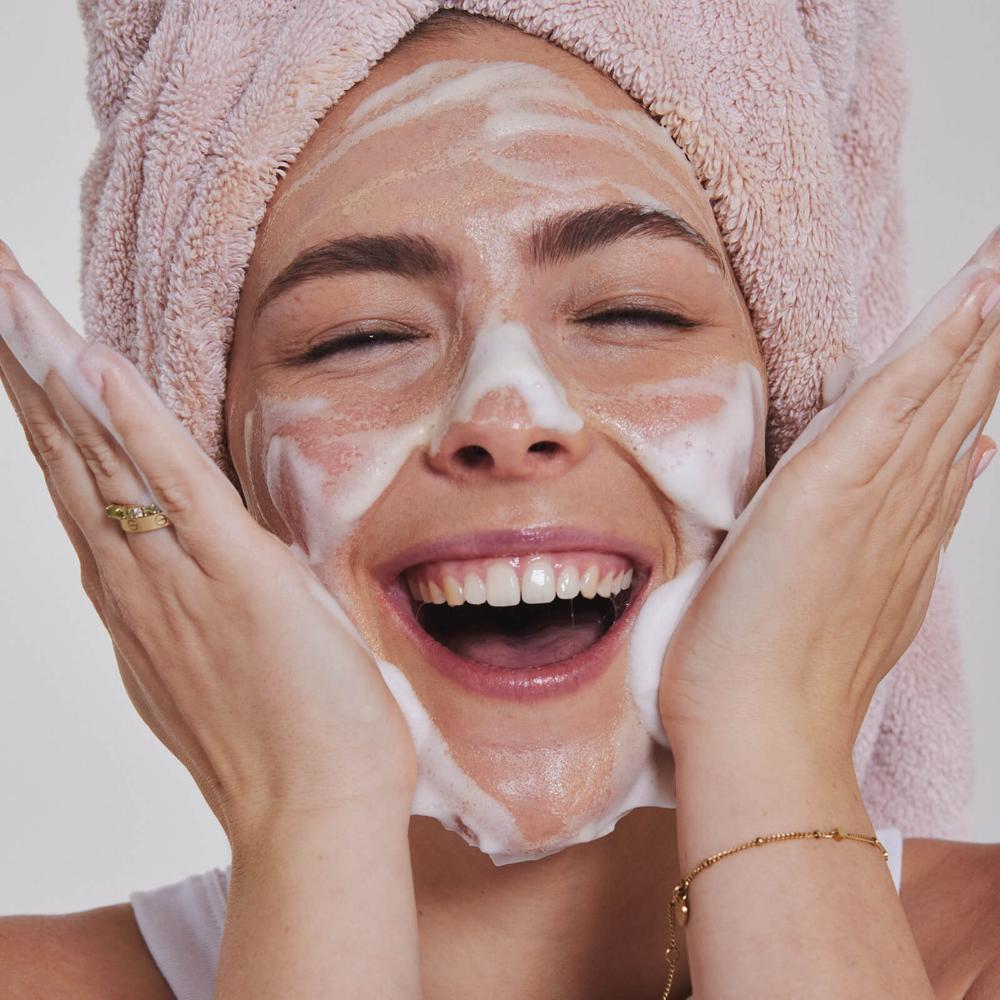
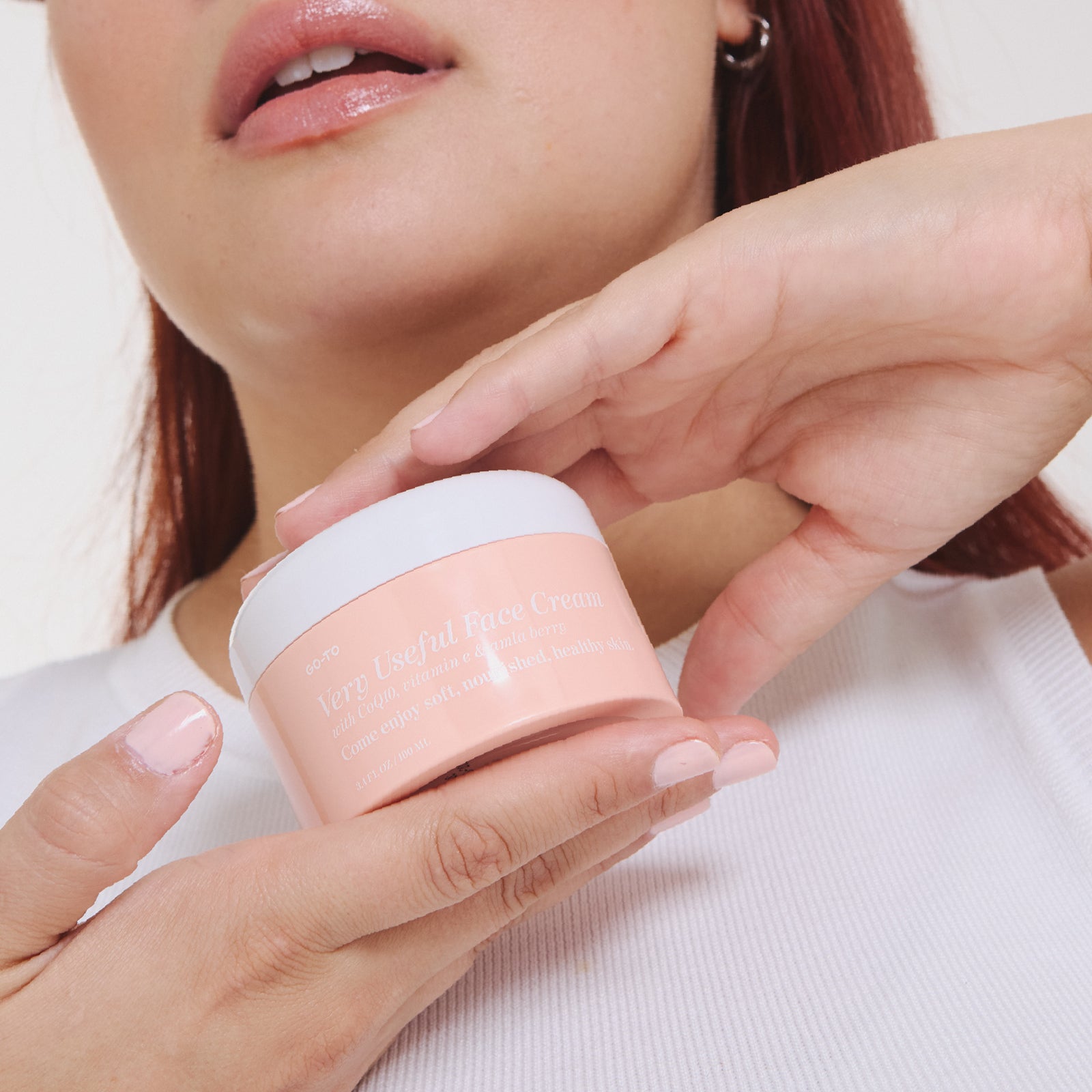

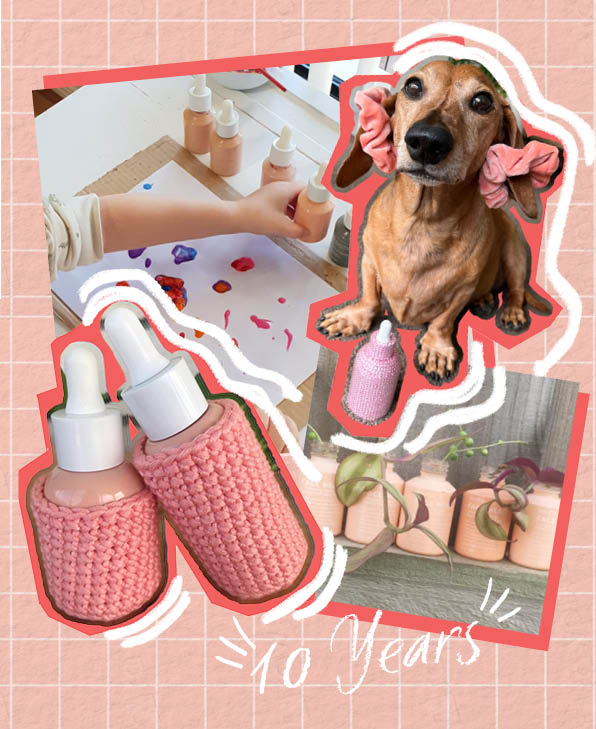
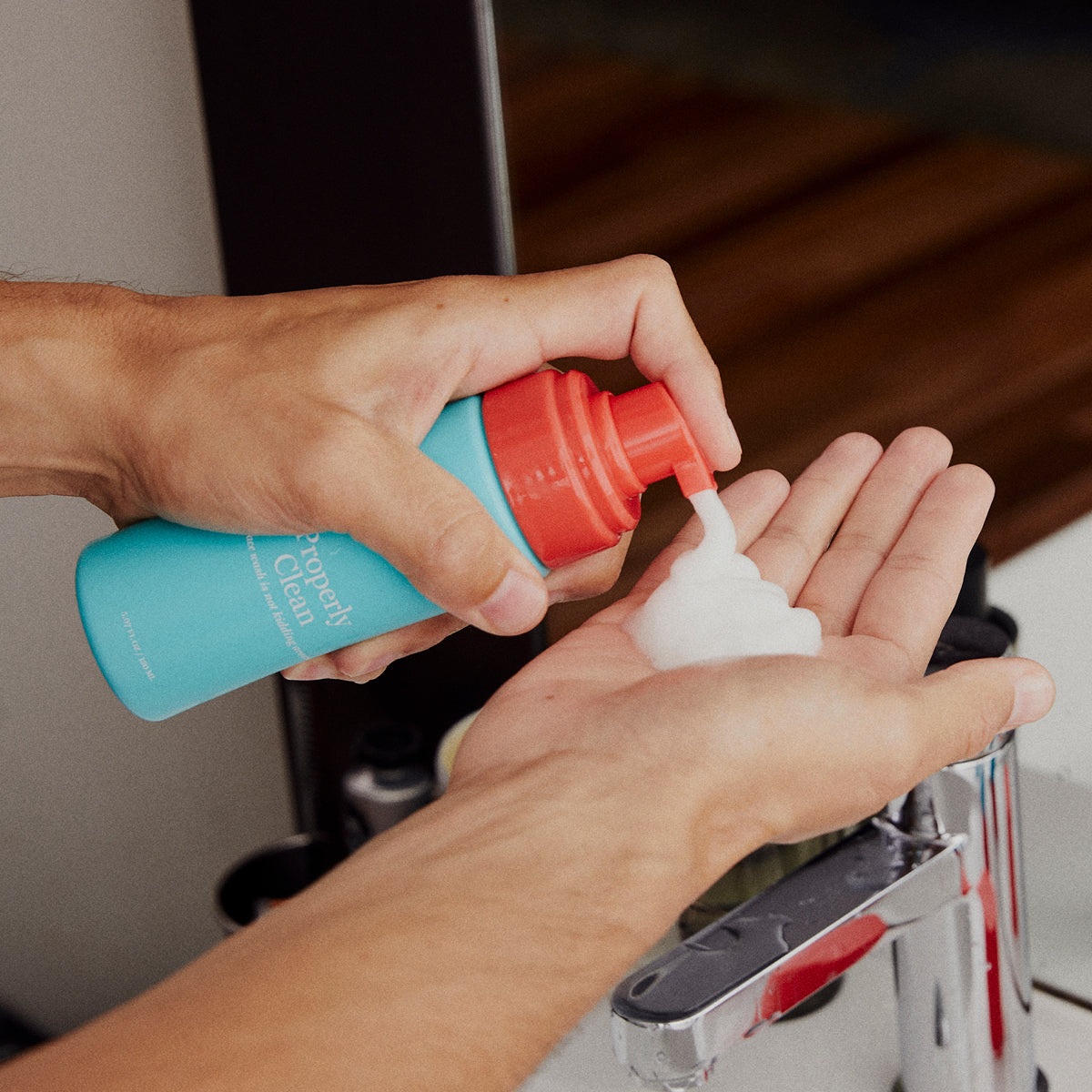
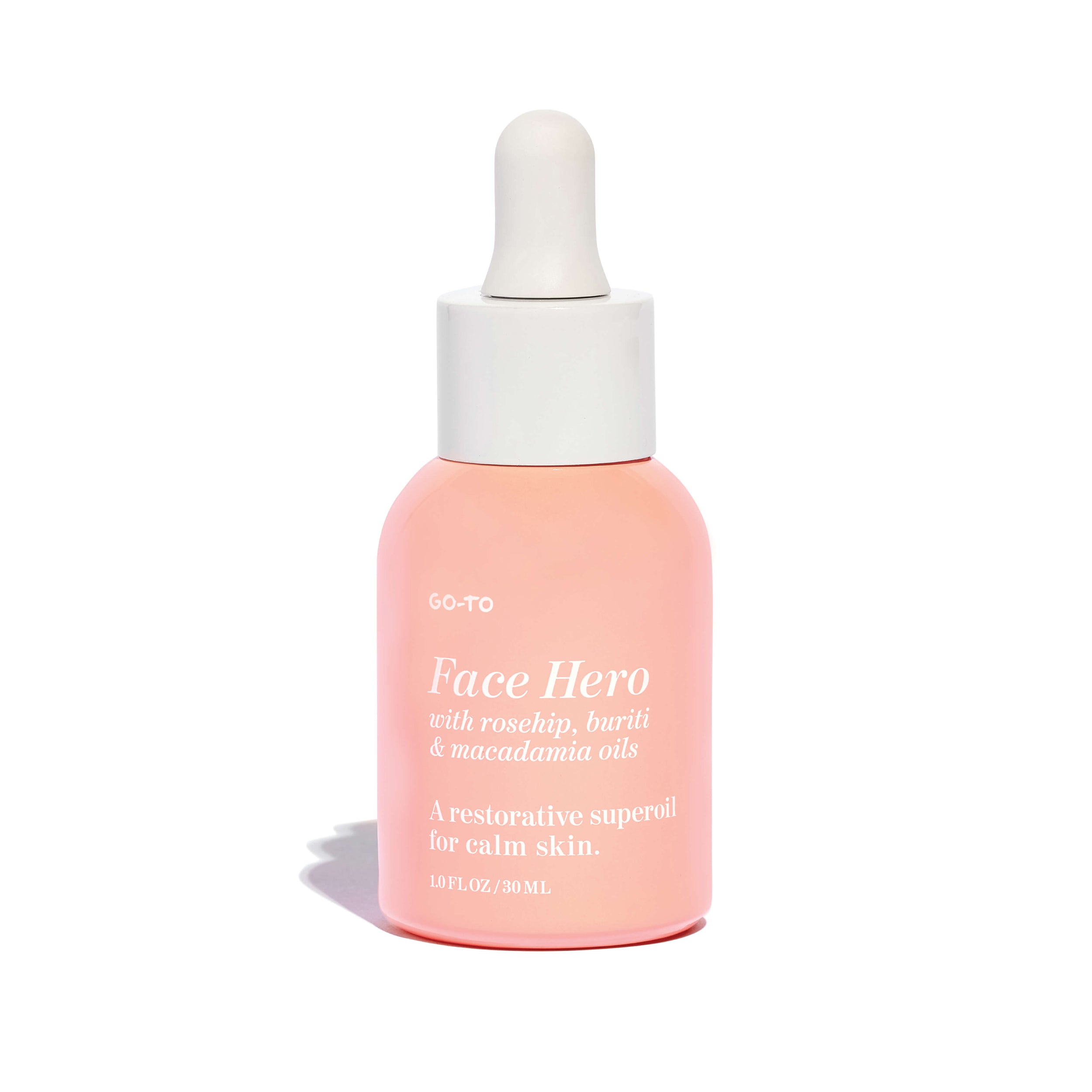
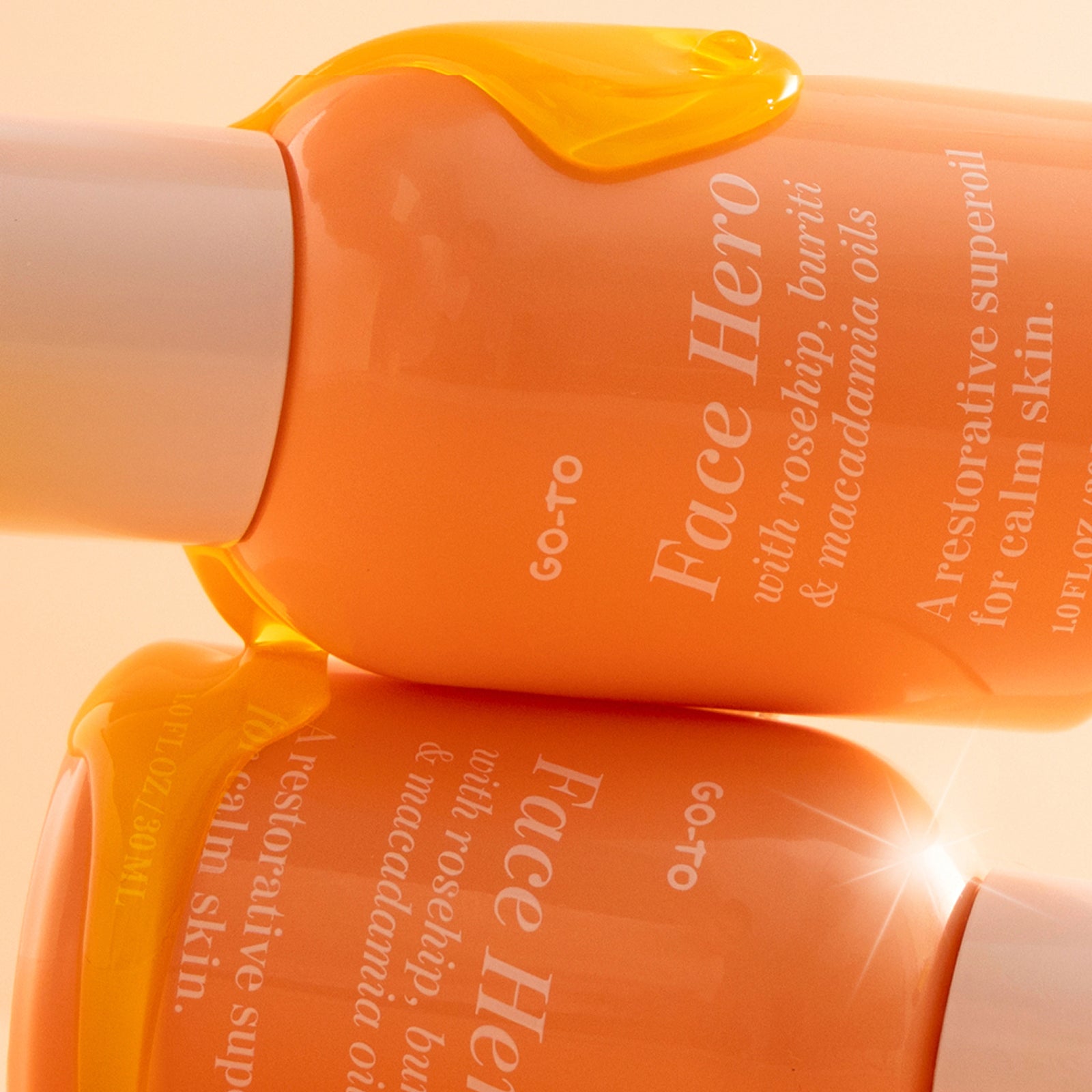
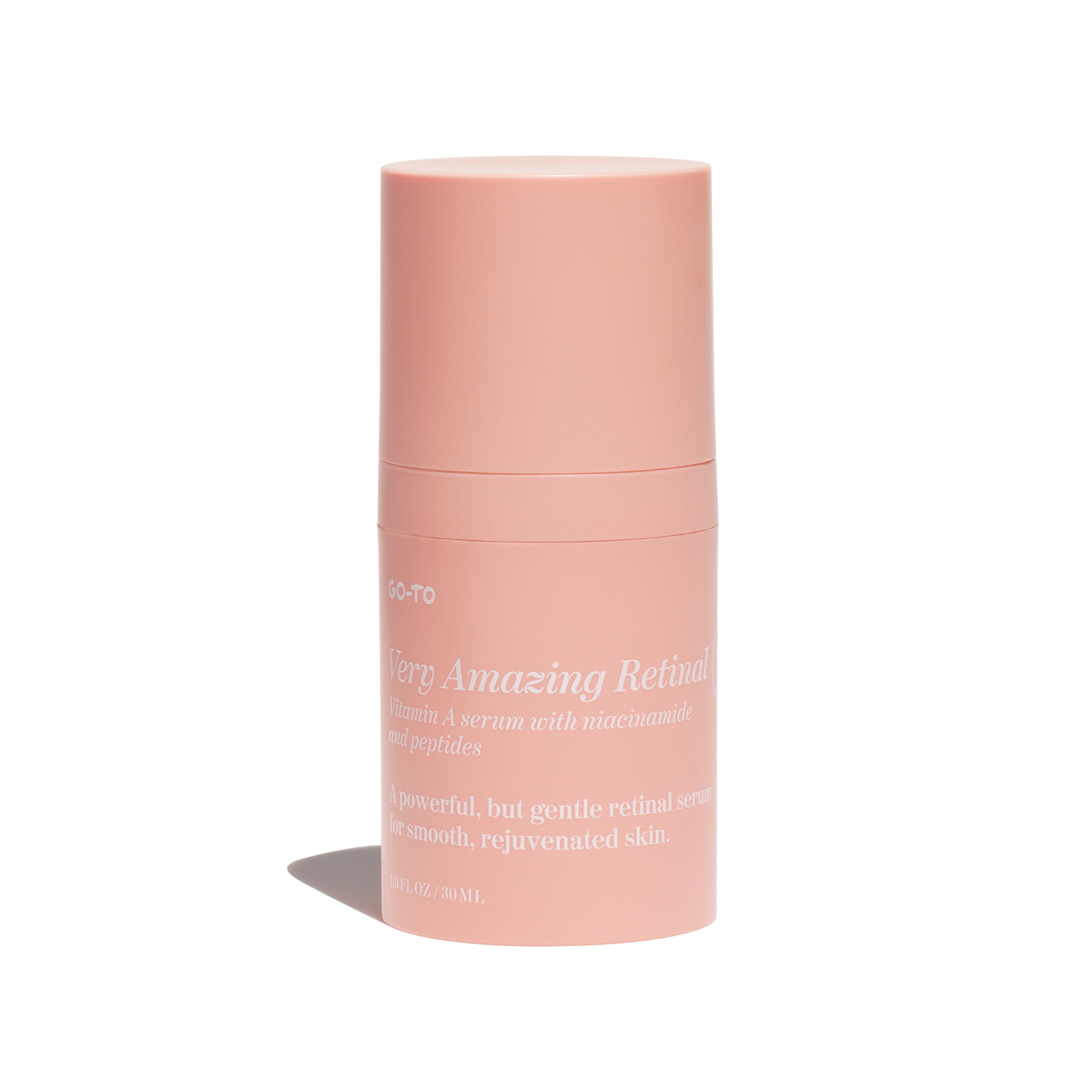
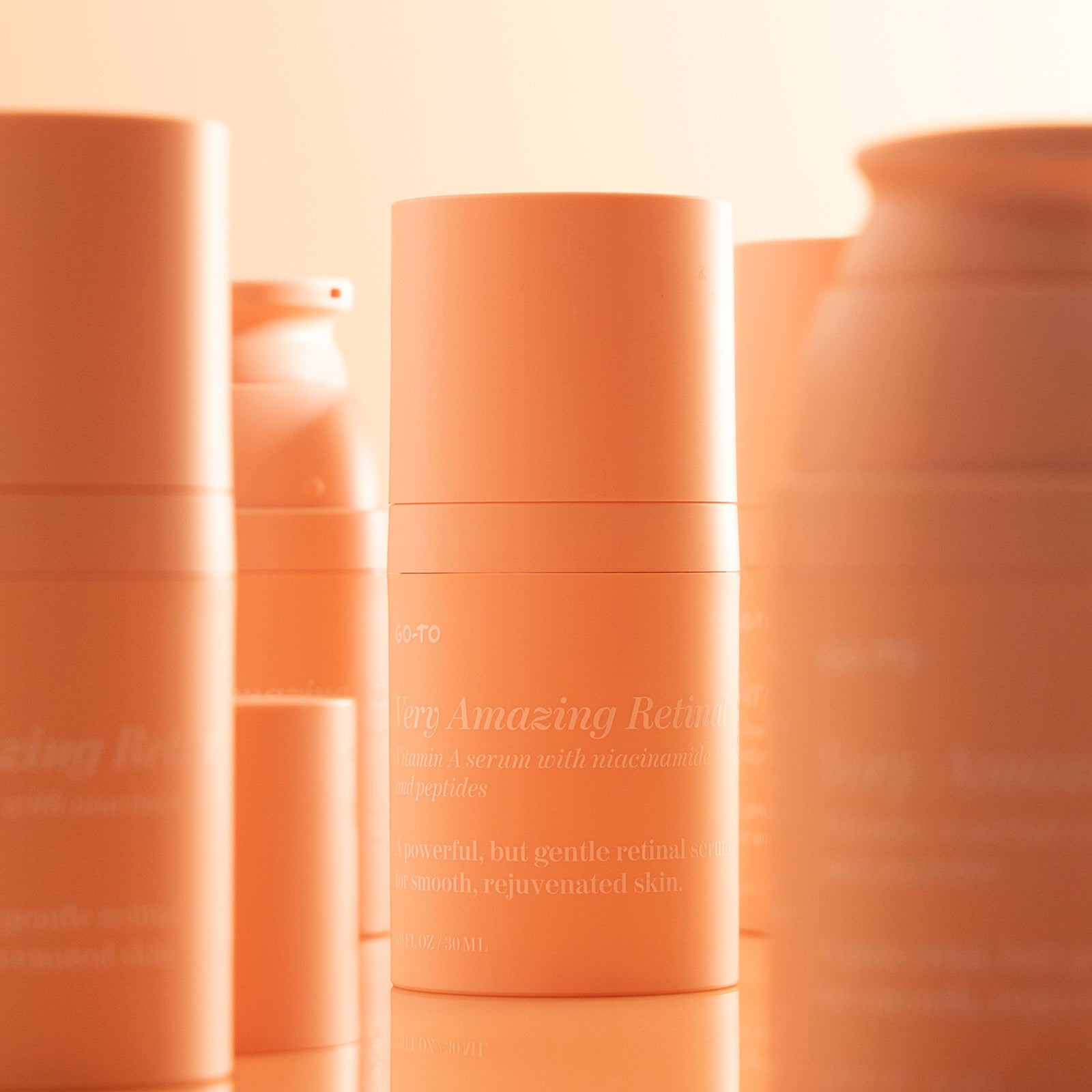
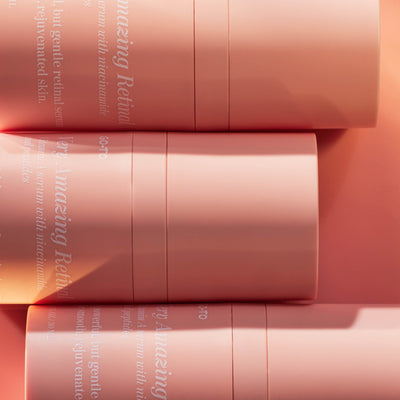
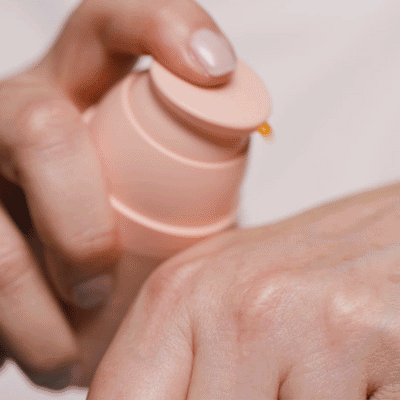




Comments